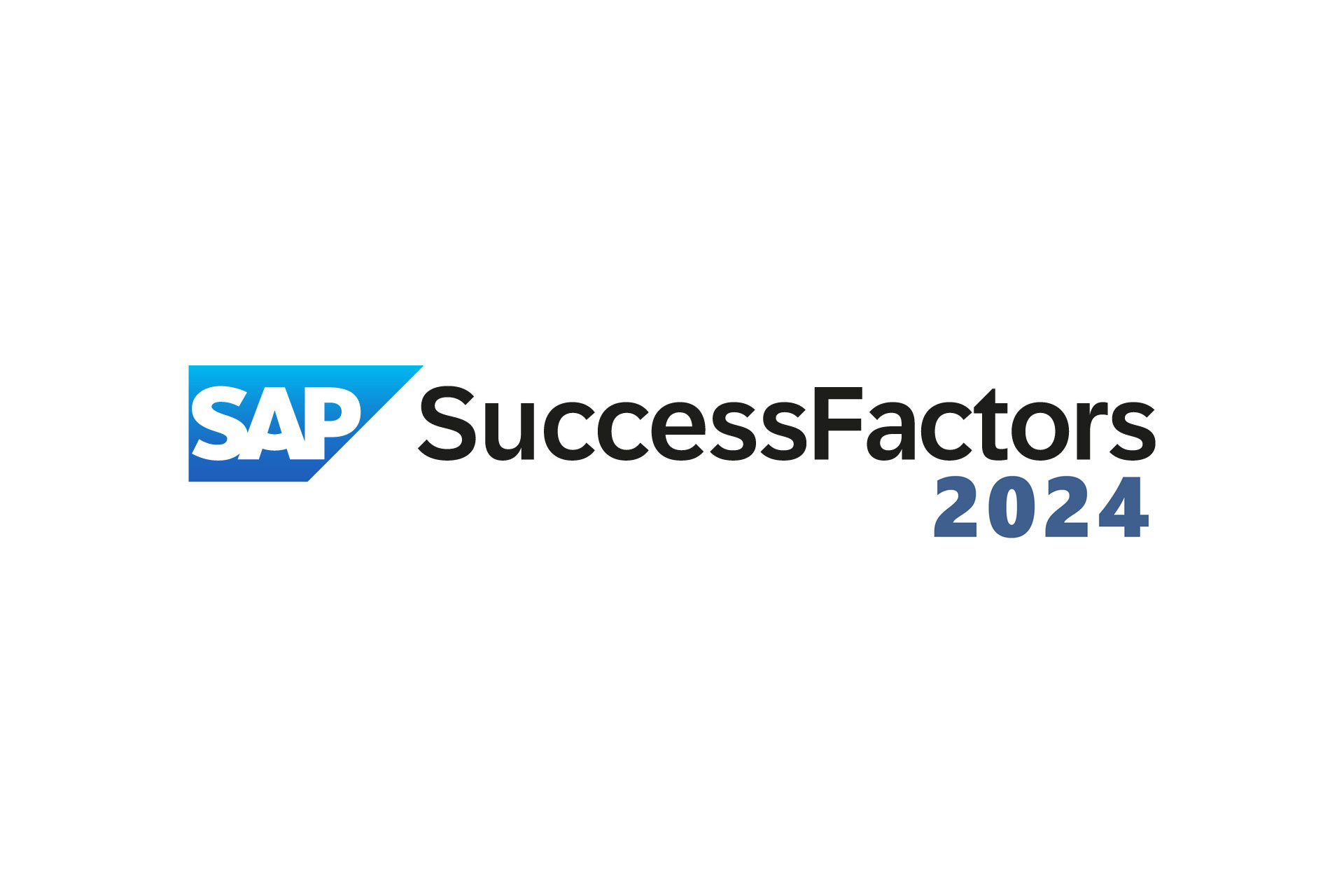How to approach organizational change for Oracle HCM Cloud projects.
As the journey to the HCM cloud becomes ever more prescriptive and adoptive, with the evolution of best practice and process driven functionality across the HCM suite of products, the organization change roadmap and the deployment of that organizational change is now more than critical than ever. It has become crucial in every regard – effectively meaning the difference between failure and success. There is a difficult mechanism to deploy once the information is effectively deducted from the main plan.
However well-meaning and technically competent your implementation partner may be, if there is no change management plan and the ability within the organization to drive the deployment and delivery of this plan, simple metrics such as employee engagement, to-be process frameworks and TOM, become obvious and insurmountable very quickly indeed.
In this short article I will try to explain, how to approach organizational change for Oracle cloud projects, using latest, best practice methodology. This is gained from real-world experience and of course, failures as well as success…
This output is difficult to transcribe in blog form, but here goes…
The Oracle Cloud Delivery Framework provides us with some Organizational Change & Communication Management basics which align to the standard knowledge area within HCM Project Management and Governance. This is however still focused on the technology as overwatch, when in fact the change management piece should commence well before the functional consultants hit the ground and the focus (I would argue) should be as a standalone phase 0 artifact with its own deliverables and milestones and running concurrently with the technology project plan.
The key is to move people through the stages more quickly than they would on their own by: Listening to their issues, communicating effectively, involving them in shaping the change, providing effective sponsorship, proper learning, and support.
Before the conversation starts about process and technology – we need to talk about the people. This entails initially preparing a comprehensive and effective change management and communication plan (CMCP) that primarily addresses the client’s organizational change strategy and the future statue and where possible the target operating model. With this in place the secondary function although certainly just as critical should address and align the vision, and with senior stakeholder messaging identifying and playing back the benefits of change.
The complexity now increases when assessing the third and perhaps most important section of the change process and defines the acceptance of the change throughout the Organisation, effectively creating the momentum, opening the doors to reorganization and structural rebranding, increasing buy-in and reducing resistance amongst those company stalwarts that have a vested interest in the status quo. This is of course assessing the readiness for change and evaluating the impact of change, specifically on the people and organization and then once this has crystalized by process (framework and functionality) and finally the gap fit analysis between systems. The final piece of the puzzle is highlighting change around firstly data and secondly integration (via OIC) – this is the high level indicator or what data do we have and what is acceptable to Oracle and how can we do integration better with OIC.
With all this in mind, we are on the way to rolling out real change, increasing adoption and making good those returns on that significant investment. With this in mind, the major activities that one must undertake as a minimum are as follows:
Prepare a Change Management and Communication plan (CMCP) consisting of the following:
- Assess customer readiness for change
Primarily addresses the client’s organizational change strategy and the future statue and where possible the target operating model. Try to understand and counter diverging strategies.
Understand the timelines and communication devices/methods to disseminate change to the organization AT ALL LEVELS.
Change management activities should be embedded and integrated throughout the implementation life cycle.
Commit to a technical project scope and stick to it.
Understand the political and decision making culture, an organization that is set up to change will allow the free flow of information from top to bottom and vice versa. Decisions that affect the future landscape should be made in an open forum.
Create a new and specific training center – focused entirely on change. (people, process, technology and data). Re-train and re-align key resources and then use standard train the trainer protocol. Re-align the job role and its impact on the future business model, conduct a cross-industry evaluation review with a commitment to upskill and provide oracle certification.
Assign a senior level change director and confirm an associated RACI protocol.
Ensure only one change sponsor within the organization- make sure the client do not dilute or miss this position out entirely.
- Evaluate the change impact (people, processes, systems and data).
Firstly, assessing the readiness for change and evaluating the impact of change, specifically on the people and organization.
Secondly by process framework and functionality – Impact assessment of business process change
In the third instance, using a transformational gap analysis – this is analysis between systems where process and functionality are new or not supported.
Next, an item which is often left until the iterative technology phase – analysis of HR data change and integration points,
- Lists of data, current list of values, usage
- Current technology solution landscape map, detailing / showing integration, inbound and outbound data transit and transform routines.
Be very careful to conduct expectation management on requirements – this is adopt not adapt.
HCM Advisory
- Adoption of modern best practices
- Understand role out of Use Cases for specific build items
- Oracle cloud standard level 2 and 3 process framework as the initial process go-to steps
- Product roadmaps with zero customization
HCM Functional – full and detailed product demonstrations to confirm best practice. This is the first step in evolving current processes to the adoption of HCM cloud.
- Predefined out of the box roles and security profiles
- Journeys and overall employee engagement
- Employee and Manager self service functions
- Position management and establishment control
- Approvals and notifications
- Hierarchies and hierarchy types
- Payroll processing and reporting
Execute events for collaboration across functions, teams, and stakeholders. Concentrate specifically on the look and feel of employee workflow pages and the limitations of Design Studio.
Conduct stakeholders influence mapping. So Understand who the major stakeholders are, what is their remit, what is their influence and why. Also, What stages or phases are they best utilized and for what specific purpose
Prepare the feedback and reporting mechanism: formal and ad-hoc.
- Align vision and identify the benefits of change (people, process, technology and data).
Address and align the vision, and with senior stakeholder messaging clear and concise – make sure this communication goes out early and from a senior stakeholder specifically.
Playback the benefits of change for example show value with mobile & embedded analytics
Concisely and swiftly draw a line under redundancy rumours and if they are to occur be open and honest and target the sector most at risk early using highly ethical best practice methodology.
Assess and evaluate the evolving roles most impacted by change with an emphasis on HR administration across recruitment, talent, learning, performance and employee lifecycle, but also Technical and 1st line support, Line management (people managers) and Payroll and benefits administration
Conduct enablement activities for the roles impacted to foster collaboration and feedback and Knowledge transfer through iterative workshops that run concurrently with solution design or CRP sessions.
- Assign customer change manager and agents.
- Key here is the 100% understanding of the change agents to what is required in terms of the full change lifecycle.
- Feed into the plan construction and signoff as a group – this includes major stakeholders.
- Distribute the Change Management and Communication plan.
- CHECKPOINT: It is important to constantly monitor and evaluate the change plan – to assess its effectiveness.
- Are the anticipated benefits being delivered?
- Is the organization building sustainable change?
- What has been achieved versus what was expected?
- Help the customer plan new and or iterative change management activities via their change champion.
- As part of the continuous improvement and ongoing HCM support – change management and communication plans should be embedded as part of the cyclical Oracle patch release protocol. This should feed into the Post go-live operational support model:
- Continuously monitor and assess system adoption and usage
- Collect and analyze feedback from users and help desks logs and take corrective actions.
- Continue to review, realign if required, and check effectiveness.
- Measure and compare performance versus goals of effective Change Management plan
- Review and initiate the Business Benefit Realization process.
The following summary describes the impact of HCM cloud from the organizational setup and maintenance perspective and also the operational impact to the business.
Organizational Impact Assessment of Cloud – IT Support and Infrastructure Impact:
- Customization Flexibility Ability to extend cloud ERP only through non-invasive PaaS ad-on’s which have been authorized via Oracle centrally. No custom fixes or additional ad-hoc functionality will be permitted.
- Maintenance of these technical customization will be eliminated or reduced.
- Application Support Skills Relatively low number of FTE’s with functional than technical skills needed.
- Product-Related issues will still occur, therefore similar or more effort with Oracle HCM due to frequent upgrades.
- Regression testing – automated, repeatable regression testing becomes key to managing frequent upgrade change.
- Oracle Apps Accessibility Global accessibility using single URL.
Organizational Impact Assessment of Cloud – Business Operations Impact:
- With Oracle HCM applications, performing business functions is easier, faster and more productive.
- The standard user Interface has changed significantly with more user friendly attributes – including embedded workflows and analytic dashboards, info-lets and AI.
- Multiple reporting options such as BIP/OTBI/FRS and smart view.
- Cloud provides module and screen specific dashboards and info-lets within the transaction screens.
- Large numbers of new features being released as part of quarterly product release/update cycle which Business can Opt-in to implement.
- Additional User training to adopt to new functionality, look and feel of the cloud must be included. End users training frequency will increase with Oracle quarterly product releases/updates.
- Overall change management efforts will be reduced typically with limited need for minor enhancements/technical fixes.
- Reduction of overall training efforts by using Oracle cloud training subscription for Online training with training videos and so on.
So to repeat… the successful implementation of a new Oracle HCM cloud system is directly related to an organization’s ability to accept and adapt to change. Implementing new technology is a complex change that has far reaching impact on business processes, people, technology, and infrastructure. Ultimately, the best technology coupled with the best business processes will result in a project failure if the people are not prepared, not listening or simply unwilling to move forward with the new way of working. You must ensure that business goals, IT, and people are synchronized. People, process, technology and data are fundamentally entwined within the Change Management and Communication plan.
The decision is of course yours in terms of investment and role provision to enable change and monitor its effectiveness. The management of change does not start when selecting your technology partner nor end when the phased implementation of technology ends, rather it should commence as part of phase 0 and evolve into a protocol of managing continuous improvement. The cost and complexity is not inconsiderable but the effective management of change will allow efficient organizational buy-in to the long term vision and allow considerable change to occur, with measurable benefits and a return on that investment.
If you want to know more about Oracle or all HR Path Services, you could directly ask your question to our HRIS experts through the form below.




